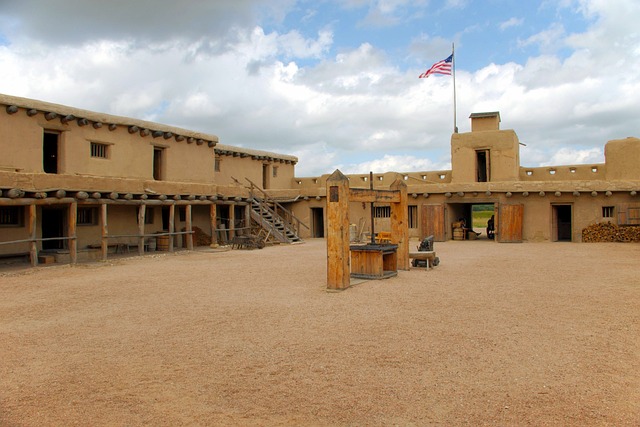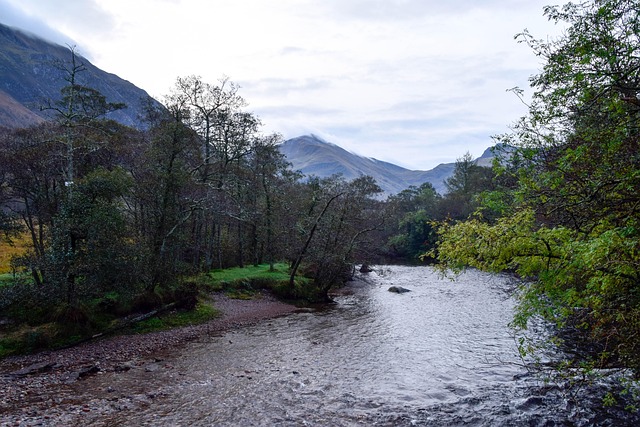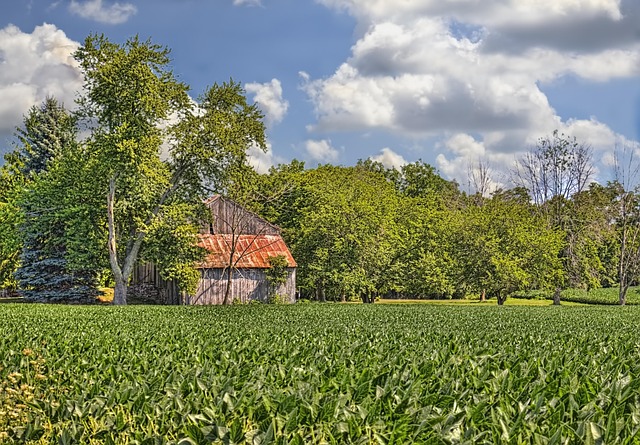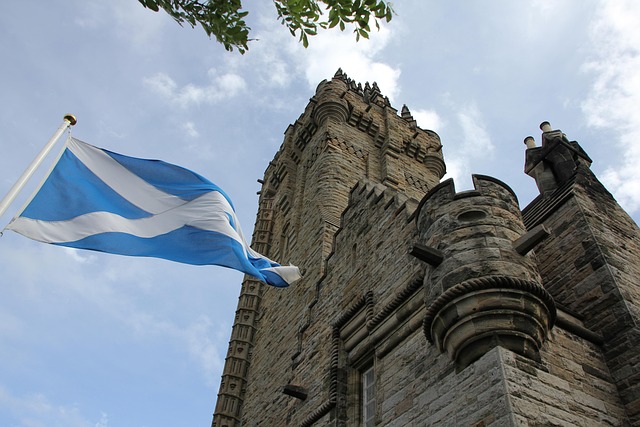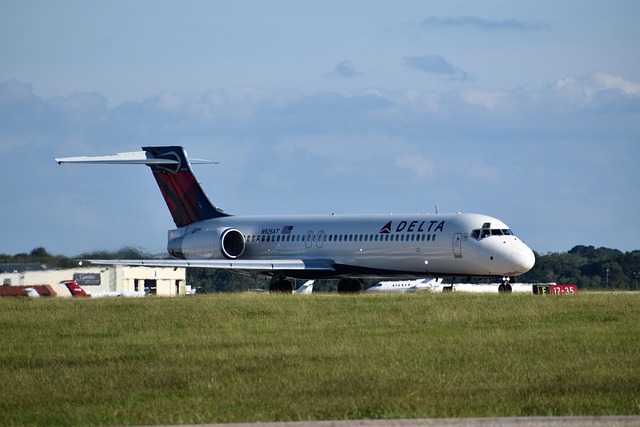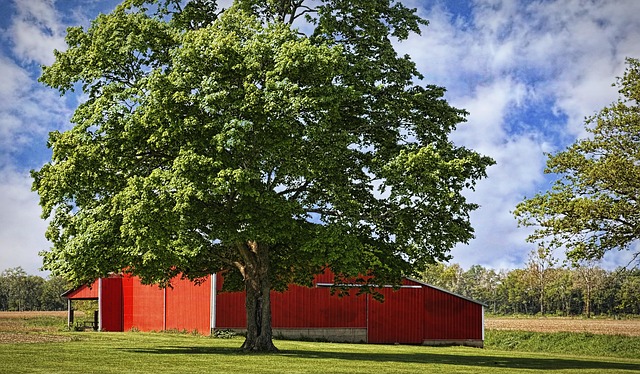Scenic train routes transform underutilized railway hubs into vibrant real estate destinations blending history, tranquility and accessibility. Integrating historic stations, modern amenities, and elegant design boosts local economies, attracts businesses and residents, and promotes sustainable living through enhanced livability and cultural exchange.
Discover how railway hubs are transforming into vibrant, mixed-use developments with a unique focus on scenic train travel. In this article, we explore the potential of rail real estate, where beauty meets functionality. From stunning landscapes to historic stations, ‘Scenic Trains’ become a powerful marketing tool and community asset. Learn about innovative design strategies that integrate natural surroundings, enhancing passenger experiences while unlocking new opportunities for sustainable urban development and local economies through smart Real Estate planning.
Unlocking Potential: Railway Real Estate Opportunities
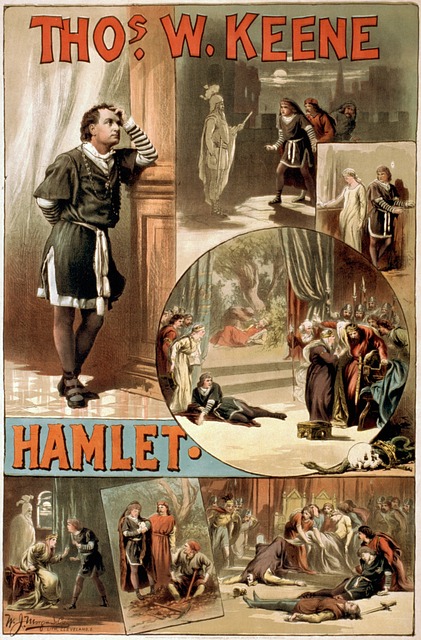
The potential of railway hubs goes beyond their primary function as transportation gateways. With the right vision, these locations can transform into vibrant real estate opportunities. By integrating scenic train routes, historic stations, and modern amenities, former rail yards or underutilized tracks can become urban oases. Imagine serene parks with meandering paths alongside active train lines, or converted warehouses hosting cultural events that draw locals and tourists alike.
This reinvention of railway real estate offers a unique blend of history, tranquility, and accessibility. It encourages sustainable living and commuting while attracting businesses and residents seeking an alternative urban experience. The key lies in leveraging the train’s inherent charm and the vast, often underutilized, space it occupies, unlocking new possibilities for both community development and economic growth.
Scenic Trains: A Unique Selling Point for Locations

Scenic trains have emerged as a unique selling point, significantly enhancing the appeal of railway hubs in real estate. These routes offer breathtaking views, from lush green valleys to majestic mountains, providing passengers with an immersive experience that goes beyond traditional travel. As more people seek authentic and memorable journeys, scenic train routes attract both locals and tourists, boosting local economies and property values along these paths.
The integration of scenic trains into a location’s infrastructure adds a layer of natural beauty and tranquility, making it stand out in the competitive real estate market. Properties with easy access to such train lines often command premium prices, thanks to their enhanced livability and the recreational opportunities they offer. This trend is reshaping urban planning and development strategies, encouraging sustainable transportation while fostering a deeper connection between communities and their natural environments.
Integrating Beauty and Functionality in Station Design
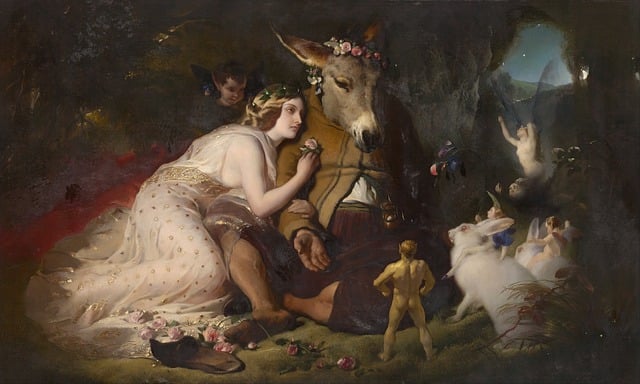
In the design of railway hubs, integrating beauty and functionality is a delicate balance that can elevate an ordinary station into a captivating destination. Station architecture should not only cater to the practical needs of commuters but also enhance the overall travel experience. This approach not only attracts visitors but also contributes to the local Real Estate value, transforming stations into iconic landmarks within urban landscapes.
By incorporating aesthetically pleasing elements, such as elegant facades, natural lighting, and art installations, stations can become vibrant spaces that reflect the surrounding culture and community. Such design choices not only create visually appealing environments but also foster a sense of belonging and pride among locals and visitors alike, further contributing to the station’s functionality as a central hub for social interaction and cultural exchange.
